Lifes Ratchet

Lifes Ratchet
 HOW
HOW 
MOLECULAR MACHINES
EXTRACT ORDER from CHAOS

PETER M. HOFFMANN
BASIC BOOKS
A Member of the Perseus Books Group
New York
Copyright 2012 by Peter M. Hoffmann
Published by Basic Books,
A Member of the Perseus Books Group
All rights reserved. Printed in the United States of America. No part of this book may be reproduced in any manner whatsoever without written permission except in the case of brief quotations embodied in critical articles and reviews. For information, address Basic Books, 250 West 57th Street, 15th Floor, New York, NY 10107.
Books published by Basic Books are available at special discounts for bulk purchases in the United States by corporations, institutions, and other organizations. For more information, please contact the Special Markets Department at the Perseus Books Group, 2300 Chestnut Street, Suite 200, Philadelphia, PA 19103, or call (800) 810-4145, ext. 5000, or e-mail .
Designed by Pauline Brown
Typeset in 11.5 point Dante MT Std by the Perseus Books Group
Library of Congress Cataloging-in-Publication Data
Hoffmann, Peter M.
Lifes ratchet : how molecular machines extract order from chaos /
Peter M. Hoffmann.
p. cm.
Includes bibliographical references and index.
ISBN 978-0-465-03336-2 (e-book)
1. Molecular biology. 2. Bioenergetics. 3. Life (Biology) I. Title.
QH506.H636 2012
572'.33dc23
2012018626
10 9 8 7 6 5 4 3 2 1
To my lovely wife, Patricia,
and my parents, who raised me
to always want to know more.
Contents

Little Fly,
Thy summers play
My thoughtless hand
Has brushed away.
Am not I
A fly like thee?
Or art not thou
A man like me?
For I dance
And drink, and sing,
Till some blind hand
Shall brush my wing...
WILLIAM BLAKE
That crude matter should have originally formed itself according to mechanical laws, that life should have sprung from the nature of what is lifeless, that matter should have been able to dispose itself into the form of a self-maintaining purposivenessthat [is] contradictory to reason.
IMMANUEL KANT

A BLACK SPECK WHIZZES IN FRONT OF MY EYES. Absentmindedly, I swat at it, only to find I have killed a fruit fly. I probably should not be upset, but I have destroyed a living being, an autonomous, moving thing that makes its own decisions, flies around, finds its own food, and knows how to make more copies of itself. I have destroyed a marvelous machine created far beyond the capabilities of our best scientists and engineers. Now, as I look at the dead creature, I wonder: What made this motionless mass of water and organic molecules so happily alive just a moment ago? What does it mean when we say something is alive?
I am a physicist, not a biologist. To be honest, my formal biology studies ended when I was in eleventh grade, and I never took a single university-level class in the subject. Why write this book? When I was in high school, I loved science and mathematics, but I could never get too excited about biology. It seemed like a lot of tedious memorization and ad hoc theories and appeared to lack the coherence, clarity, and universality of physics. This remained my opinion for many years while I finished my undergraduate studies in Germany and took off for graduate school in the United States. For a while I was your typical arrogant physicist, getting a good chuckle out of Ernest Rutherfords quote: Physics is the only science; all else is stamp collecting.
My conversion started when I was a doctoral student in materials science at Johns Hopkins University. My Ph.D. advisor, Peter Searson, was fascinated with a new, powerful instrument invented just eight years earlier: the atomic force microscope (AFM). Since he was not familiar with the AFMs operation, he put me and my friend Arun Natarajan in charge of figuring out how it worked. An AFM is a thousand times more powerful than the best optical microscope. Unlike conventional microscopes, AFMs do not use light to obtain images but rather visualize samples by touch: A tiny, sharp tip is moved across a sample, and the minute forces pushing on the tip are used to create an image. Tips are very sharp, only a few nanometers across, which allows for very small objects to be imaged.
One day, a fellow student brought in samples to image. He had deposited DNA molecules on a flat substrate and was wondering if our AFM could make them visible. We were blown away when we saw little wormlike strands appear on the computer screeneach a single DNA molecule, only two nanometers in diameter. We had touched the molecule of life.
Life took a few more turns before I finally converted to the wonders of biology. After a stint as a research fellow at Oxford University, I arrived at Wayne State University in Detroit as a fresh-faced assistant professor. Initially, I concentrated on what I knew: using AFM to look at atoms and molecules on surfaces and measuring forces between them. Two subjects fascinated me: the preponderance of randomness at the scale of atoms and the connections between the microscopic world of atoms and our macroscopic world. At the tiny scale of atoms and molecules, chaos reigns, yet at the scale of humans, order prevails (at least for the most part). How does this order arise? This is the subject of statistical mechanics, and in my research, I probed the transition from noise to order (and thus the limits of statistical mechanics) as I measured forces in small clusters of atoms and molecules.
As it happens often in life, new opportunities arise quite by chance. Another AFM researcher, Heinrich Hoerber, joined Wayne State University. Hoerber, a pioneer in new nanotechnology techniques applied to molecular biology, had been a postdoc with Gerd Binnig, the Nobel Prizewinning co-inventor of the AFM. I was fascinated with Hoerbers work, and when he subsequently left to take a position at University of Bristol in the United Kingdom, I inherited his Wayne State collaboration: to measure the motions of particular molecular machines implicated in the spread of cancer. Here was an opportunity to combine my interest in statistical mechanics and the tools of nanotechnology with something new: molecular biology. At the same time, I had the opportunity to contribute to a cure for cancer. So I beefed up on biology and started a new research direction. As I learned more about molecular biology, I discovered the fascinating science of molecular machines. I realized that life is the result of noise and chaos, filtered through the structures of highly sophisticated molecular machines that have evolved over billions of years. I realized, then, there can be no more fascinating goal than to understand how these machines workhow they turn chaos into life. This is the story I will share in this book.
Next page
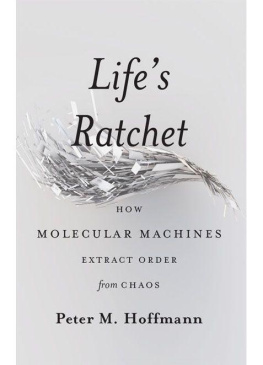


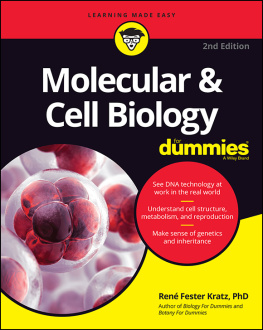
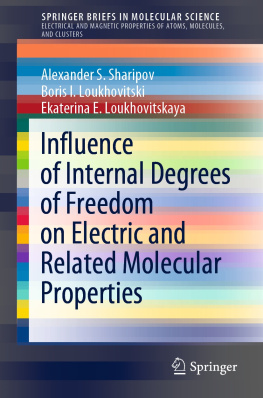
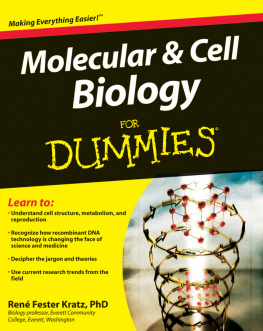

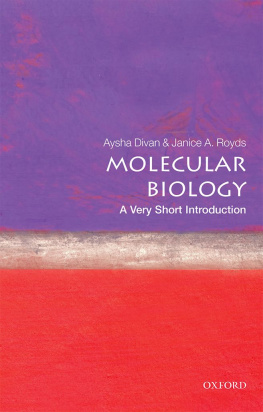
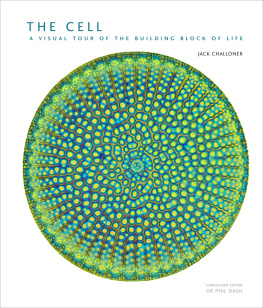

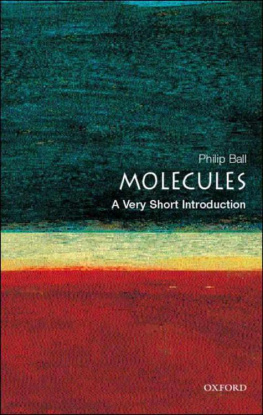

 HOW
HOW 
